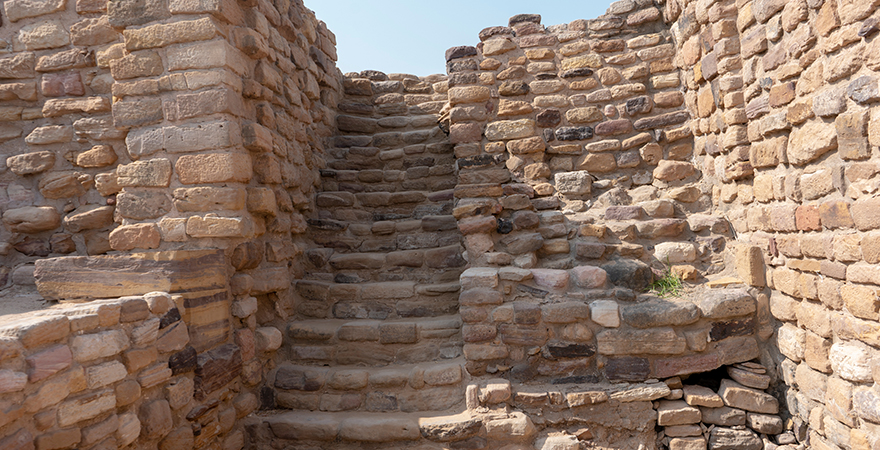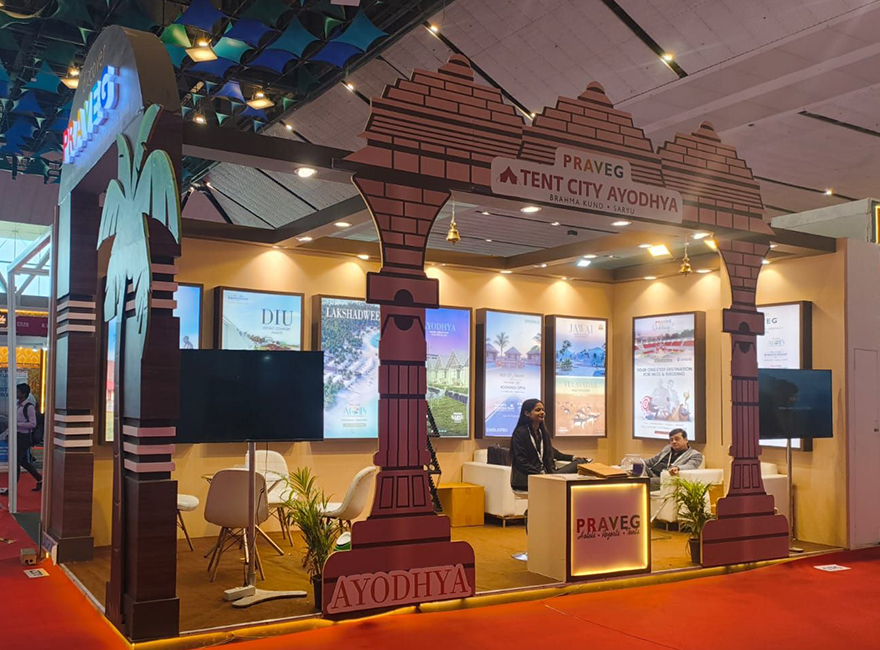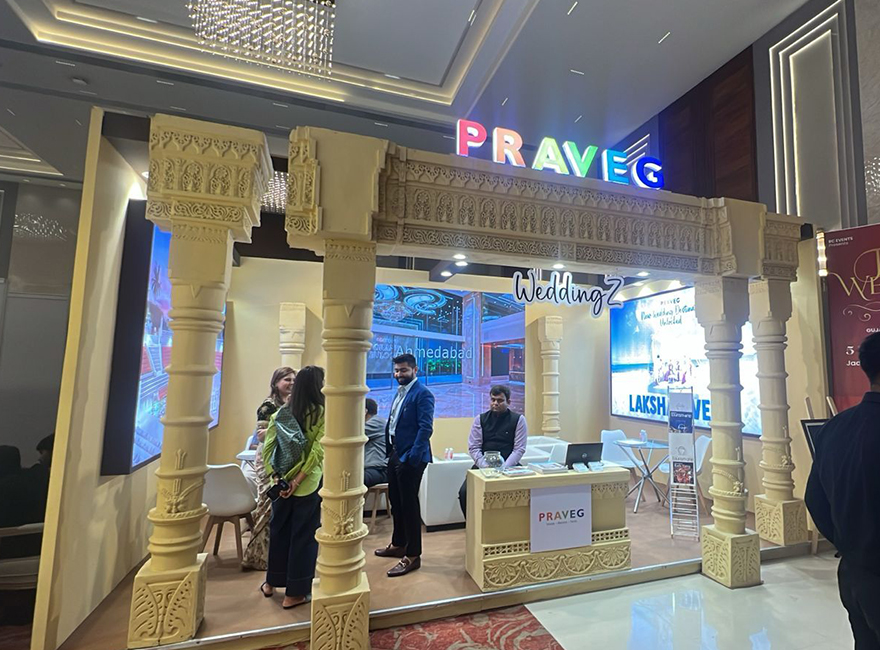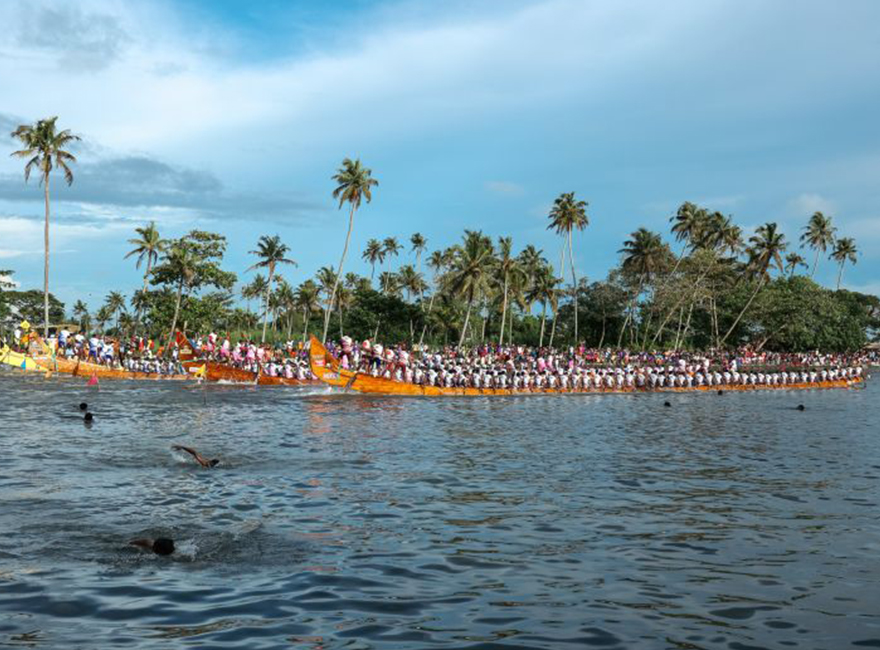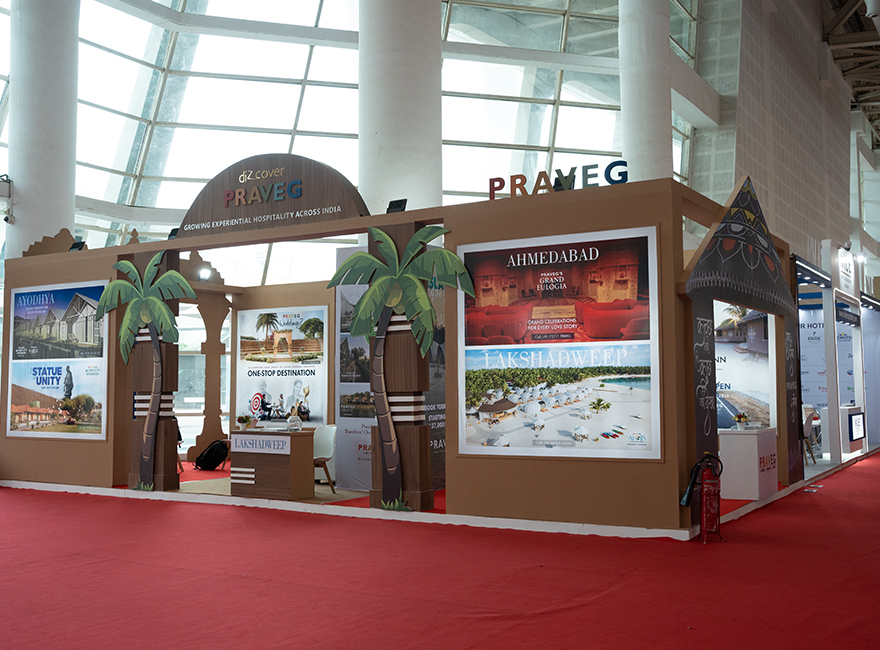Dholavira, situated in the parched Kutch region of Gujarat, is one of the most intriguing sites of the Indus Valley Civilization, reflecting remarkable ancient intelligence, culture, and mystery. Over 4,500 years old, Dholavira astonishes travellers, historians, and archaeologists with an example of a civilization that was both advanced and strange. Here are five reasons Dholavira continues to inspire scholars and adventurers alike.
1. An Astounding Element of Urban Planning
The design of Dholavira’s city reveals astonishing sophistication. The settlement was divided into a citadel, middle town, and lower town with evolved drainage and reservoirs, and the streets were arranged in a grid-like pattern. For a civilization over a millennium ago, it demonstrates extraordinary planning.
2. Sophisticated Water Conservation
Being located in a desert climate, Dholavira’s residents created a complex water management system, including step wells and enormous stone reservoirs. This level of hydraulic engineering was considerably advanced, and it showcases the intelligence of the community to adapt to uninhabitable conditions.
3. The Enigmatic Indus Script
Dholavira features one of the largest known Indus Valley inscriptions to date, etched onto a massive wooden tablet that was displayed near the city entrance. Since its discovery in the 1970s, despite many attempts, the Indus script remains deciphered, and the atmosphere of intrigue is maintained. Questions about the language and culture of this civilization remain unanswered.
4. Cosmology and Astronomical
Evidence suggests that Dholavira was oriented towards astronomical movements, and it is evident that various structures have been built with symbolic cosmology. Scholars suggest Dholavira's design is connected to ceremonial and ritualistic functions linked to the comprehension of cosmology, with the current civic function of Dholavira, perhaps balancing the utility network with religious meaning.
5. Sudden Decline and Depopulation
Another of the most metaphorically complicated aspects of Dholavira is that it experienced a surprising decline. Archaeological evidence suggests environmental changes, including prolonged drought, but exactly what caused the depopulation of this major urban endeavour remains debated as a function of the landscape in early urban settings. What happened to this confounding mystery remains a conundrum in history.
Where to stay at Dholavira?
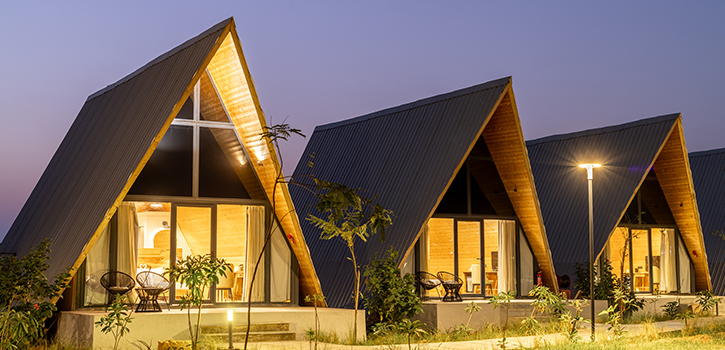
For those who are inspired to experience a visit to this UNESCO World Heritage Site, Praveg Resort Dholavira provided a calm, peaceful, sustainable, and immersive stay just a stone's throw from the archaeological wonder of Dholavira. Praveg Resort Dholavira is designed to complement the historic character of Dholavira without sacrificing modern living, allowing opportunity for the imprint of antiquity to be absorbed with the surroundings.

